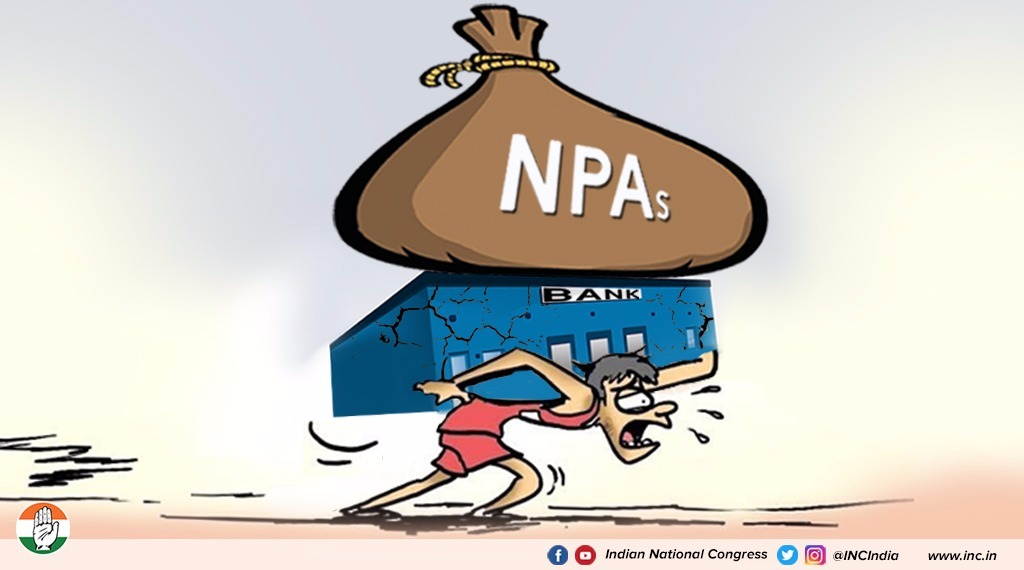NPA stands for Non-Performing Asset, which is a term primarily used in the banking and finance sector to refer to loans or advances that have not been repaid by the borrower as per the terms agreed upon. An asset is classified as non-performing when it fails to generate income for the bank, typically due to default in payment. Here’s a more detailed explanation:
Classification of NPAs
- Types of NPAs:
- Substandard Assets: Assets that have remained non-performing for less than or equal to 12 months. They may have a high risk of loss.
- Doubtful Assets: Assets that have remained non-performing for more than 12 months. There is a higher chance that the borrower may not be able to repay the debt.
- Loss Assets: Assets that are considered uncollectible or of little value, and the bank has made a decision to write them off.
- Criteria for NPAs:
- A loan is classified as an NPA if the borrower fails to make interest or principal repayments for a specified period, typically 90 days.
- For example, in the case of term loans, if the borrower has not made any repayment for 90 days, the asset will be categorized as a non-performing asset.
Causes of NPAs
- Economic Factors: Economic downturns, recessions, or unfavorable market conditions can lead to increased defaults by borrowers.
- Poor Credit Assessment: Inadequate credit evaluation and risk assessment during loan approval can lead to lending to borrowers who may later default.
- Management Issues: Poor management practices by borrowers, such as inadequate financial planning or mismanagement of funds, can result in defaults.
- Sector-Specific Issues: Certain sectors may experience downturns due to specific challenges, leading to higher NPAs. For example, agricultural loans can become NPAs during droughts.
Impacts of NPAs
- Financial Health of Banks: A high level of NPAs can adversely affect a bank’s profitability and financial health, as these assets do not generate income.
- Lending Capacity: Banks with high NPAs may find it challenging to lend further, as they need to maintain higher provisions for potential losses.
- Regulatory Consequences: Regulators closely monitor NPAs. High levels can lead to stricter regulatory requirements and measures to improve the bank’s asset quality.
- Economic Impact: An increase in NPAs can affect the overall economy by limiting the availability of credit, reducing investment, and slowing down economic growth.
Measures to Address NPAs
- Restructuring of Loans: Banks may restructure loans to make them more manageable for borrowers, allowing them to repay without defaulting.
- Improving Credit Assessment: Implementing better risk assessment practices during the loan approval process to minimize the chances of default.
- Recovery Measures: Banks may initiate legal proceedings or employ recovery agents to recover outstanding amounts.
- Provisions for Losses: Banks are required to make provisions for NPAs, which can affect their financial statements but is essential for maintaining transparency and stability.
Conclusion
Non-Performing Assets are a significant concern for banks and financial institutions, impacting their profitability and lending capacity. Monitoring and managing NPAs effectively is crucial for maintaining financial stability and ensuring the health of the banking sector. Regular assessment and proactive measures can help mitigate the risks associated with NPAs.


